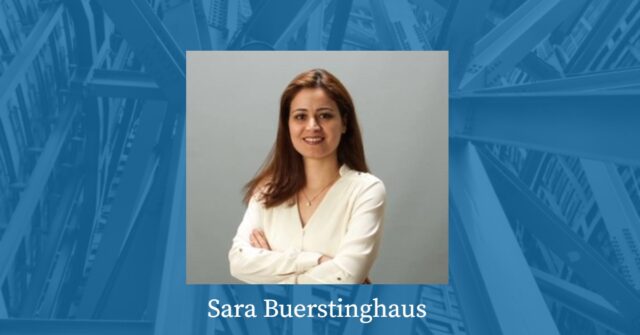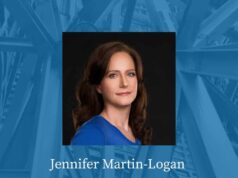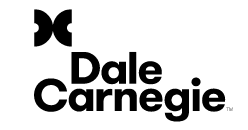Thanks to everyone who attended our virtual meeting last month for Alex Aldridge and Alena Mikhaylova’s talk “Design and Installation Details for Storm Drain Pipe”. Alex is a Product Resource Specialist and Alena is a Product Resource Engineer, both with Rinker Materials. Rinker Materials was founded in 1963 and acquired by QUIKRETE in 2017. It is comprised of over 33 facilities that serve 30 states. Rinker Materials produces concrete piping products from 12”-144” as well as precast box culverts from 3’x2’ to spans up to 24’ wide.
In their presentation they discussed the fundamental differences between concrete pipe and flexible pipes, as well as applicable installation standards for storm drain pipes. The concept of pipe stiffness for thermoplastic pipes was covered; stiffness is a characteristic of the pipe’s ability to transmit part of the load to the soil at the sides of the pipe and resist deflection. ASTM D2412 (Parallel-Plate Test) is the test used for this purpose, measuring the force applied to produce a 1” reduction in vertical inside diameter (also called vertical deflection) per inch of pipe length. Based on the test results, installation criteria for concrete pipes versus flexible pipes were discussed (Fig. 1).

They also reviewed different installation standards for storm drain pipes like ASTM C1479-16 (a standard practice for installation of precast concrete sewers, storm drains, and culvert pipes using standard installation details) and ASTM D2321-18 (a standard practice for underground installation of thermoplastic pipes for sewer and other gravity-flow applications).
At the end of presentation, a good engineering approach was discussed by adjusting the design to mitigate risk. Alex and Alena emphasized reviewing plan notes thoroughly before issuing the drawings, and recommended every engineer considers the questions below during the design process:
- Are you referencing old or out of date standards?
- Do your notes contradict standard specifications (ASTM, AASHTO)
- Are you blanket referencing specifications?
- Are you providing clear details on how the installation shall be performed or are you leaving it up to the contractor?
Yes, plan notes matter! Alex and Alena then reviewed some example design details and discussed engineering mistakes on these details.
I would like to thank Alex and Alena on behalf of the SEAoT board and the members for their great and informative presentation.
Regarding this year’s SEAoT conference, as you may already know, it will be conducted as a virtual event, and free to students. For this reason, we changed our conference scholarship to an academic scholarship instead. The deadline for the scholarship application is October 15th, 2020. Please make sure to apply if you are a student to qualify or spread the news to students who you might know are interested. You can find more information regarding our scholarship at this link.
Please be sure to join us for our next meeting in October.








